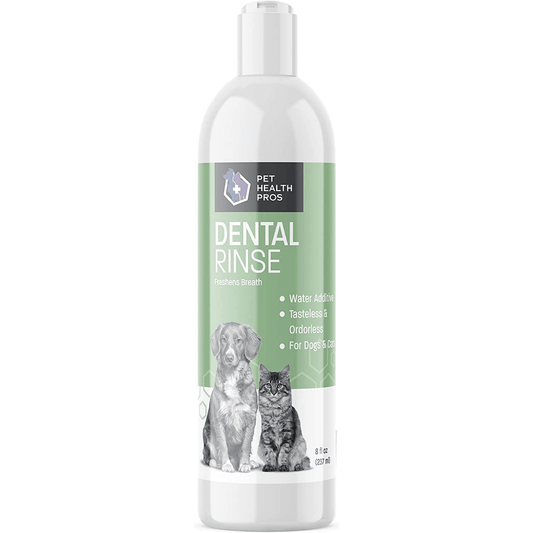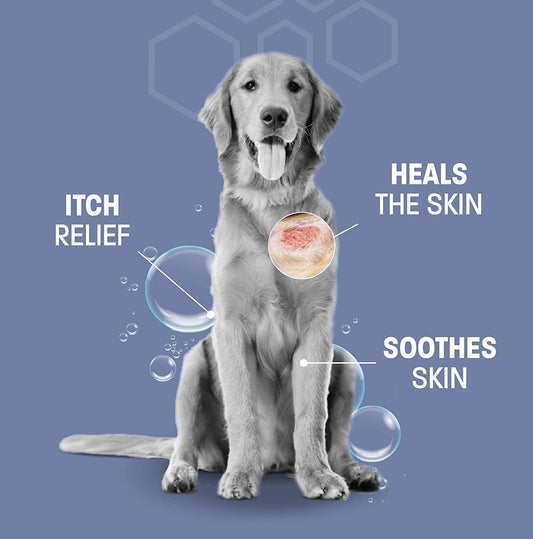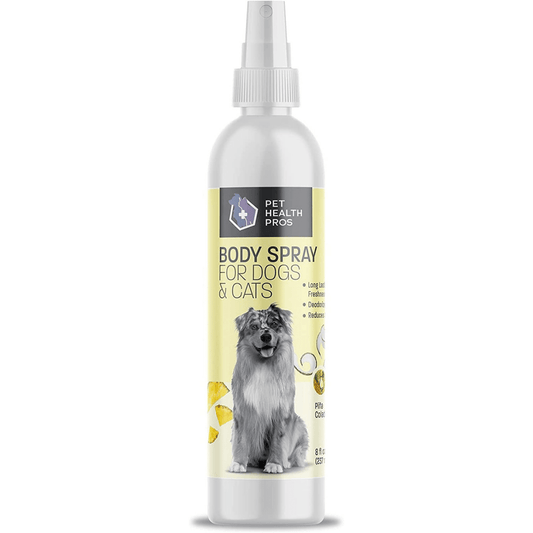Whiskers are more than just cute features on a cat's face; they play a vital role in their health and well-being. Understanding what whiskers do and how they grow can help cat owners take better care of their furry friends. This article explores whether long whiskers are a sign of a healthy cat and what factors can affect their length.
Key Takeaways
- Whiskers help cats sense their surroundings and navigate safely.
- Long whiskers are not always a sign of better health; they vary by breed.
- Genetics, environment, and diet can all affect whisker length.
- Some breeds naturally have longer whiskers, while others have shorter ones.
- Taking care of your cat's whiskers is important for their overall well-being.
Understanding Cat Whiskers
The Anatomy of Whiskers
Whiskers, also known as vibrissae, are specialized hairs that are thicker and longer than regular fur. They are deeply embedded in a cat's skin and are surrounded by sensitive nerve endings. This unique structure allows cats to detect changes in their environment. Whiskers can be found on the face, above the eyes, and on the legs.
Functions of Whiskers
Whiskers serve several important functions for cats, including:
- Navigation: They help cats sense their surroundings, especially in the dark.
- Hunting: Whiskers can detect the movement of prey, aiding in successful hunting.
- Communication: Cats use their whiskers to express emotions, such as curiosity or aggression.
Whisker Growth Cycle
Whiskers grow in cycles, similar to regular fur. They can fall out and regrow over time. The growth cycle includes:
- Growth Phase: Whiskers grow longer and thicker.
- Resting Phase: Growth slows down, and whiskers may stop growing.
- Shedding Phase: Old whiskers fall out to make way for new ones.
Understanding your cat's whiskers is essential for recognizing their health. Regular vet check-ups can help ensure your cat stays healthy and happy. Remember, cats often hide illness signs, making vigilance crucial.
In summary, whiskers are not just for show; they play a vital role in a cat's life. Observing changes in whisker length or condition can provide insights into your cat's overall health and well-being.
Decoding your cat's health signals is important for every cat owner.
The Role of Whiskers in Cat Health
Sensory Functions of Whiskers
Whiskers, also known as vibrissae, are not just for show; they play a crucial role in how cats interact with their environment. These specialized hairs are highly sensitive and can detect even the slightest changes in their surroundings. This sensitivity helps cats navigate in the dark and avoid obstacles.
Whiskers and Balance
Whiskers also contribute to a cat's balance. They help cats gauge the width of openings and spaces, allowing them to move confidently through tight spots. This ability is essential for their agility and hunting skills.
Whiskers as Indicators of Well-being
The condition of a cat's whiskers can reflect its overall health. For instance, if a cat's whiskers are broken or missing, it may indicate stress or health issues. Observing changes in whisker length or condition can provide valuable insights into a cat's well-being.
Maintaining healthy whiskers is important for a cat's ability to sense its environment and stay balanced.
In summary, whiskers are vital for a cat's sensory perception, balance, and overall health. Keeping an eye on their condition can help ensure your feline friend remains happy and healthy.
Factors Influencing Whisker Length
Genetic Factors
Genetics play a significant role in determining the length of a cat's whiskers. Some breeds are naturally predisposed to have longer whiskers, while others may have shorter ones. For example, breeds like the Maine Coon are known for their long, luxurious whiskers, while the British Shorthair tends to have shorter whiskers. Understanding these genetic traits can help cat owners appreciate their pet's unique features.
Environmental Influences
The environment in which a cat lives can also affect whisker length. Factors such as:
- Living space: Cats in larger spaces may develop longer whiskers to help navigate their surroundings.
- Stress levels: High-stress environments can lead to changes in whisker growth.
- Exposure to sunlight: Adequate sunlight can promote healthy growth, while lack of it may hinder it.
Nutritional Impact on Whisker Growth
A cat's diet is crucial for overall health, including whisker growth. Proper nutrition can lead to:
- Stronger whiskers that are less likely to break.
- Faster regrowth if whiskers are damaged.
- Improved overall health, which can influence whisker length.
A well-balanced diet is essential for a cat's health and can significantly impact whisker growth.
In summary, various factors such as genetics, environment, and nutrition all play a role in determining the length of a cat's whiskers. Understanding these influences can help cat owners provide better care for their furry friends. Additionally, younger cats may regrow whiskers faster than older cats, and a healthy cat will typically regrow whiskers more quickly. Proper nutrition is key to supporting this growth.
Comparing Whisker Length Across Cat Breeds
Breeds with Naturally Long Whiskers
Some cat breeds are known for having longer whiskers than others. These breeds often include:
- Maine Coon: Known for their large size and long whiskers, which help them navigate their environment.
- Siamese: These cats have long, slender whiskers that complement their sleek bodies.
- Persian: With their fluffy fur, Persians also sport long whiskers that enhance their facial features.
Short Whisker Breeds
On the other hand, some breeds have shorter whiskers. These include:
- Scottish Fold: Their unique ear shape is more noticeable than their whiskers.
- Bengal: While they are known for their striking coat, their whiskers are relatively short.
- Sphynx: This hairless breed has shorter whiskers, which can be less prominent.
How Breed Affects Whisker Functionality
Whiskers play a crucial role in a cat's ability to sense their surroundings. Different breeds have adapted their whisker length for specific functions. For example:
- Longer whiskers can help cats gauge the width of openings before they attempt to pass through.
- Shorter whiskers may be sufficient for breeds that are less active or more indoor-oriented.
| Breed | Average Whisker Length | Functionality |
|---|---|---|
| Maine Coon | 5-7 inches | Navigation and hunting |
| Siamese | 4-6 inches | Sensory perception |
| Scottish Fold | 2-4 inches | Limited navigation |
| Bengal | 3-5 inches | Quick movements |
| Sphynx | 2-3 inches | Adapted to indoor life |
Understanding the differences in whisker length across breeds can help cat owners appreciate their pets' unique traits and needs.
In conclusion, whisker length varies significantly among cat breeds, and this variation can influence how they interact with their environment. By recognizing these differences, pet owners can better understand their cats' behaviors and needs, ensuring they provide the best care possible. Remember, long whiskers are not always a sign of health, but they do play an important role in a cat's life.
Common Myths About Cat Whiskers
Myth: Longer Whiskers Mean Better Health
Many people believe that if a cat has long whiskers, it must be healthier. However, whisker length does not directly correlate with a cat's overall health. Factors like genetics and breed play a significant role in determining whisker length.
Myth: Cutting Whiskers is Harmless
Some cat owners think that trimming their cat's whiskers is a good idea. In reality, cutting whiskers can be harmful. Whiskers are sensitive and help cats navigate their environment. Here are some reasons why cutting whiskers is not advisable:
- Whiskers help with spatial awareness.
- They provide sensory feedback about surroundings.
- Cutting them can lead to disorientation.
Myth: Whiskers Grow Continuously
Another common belief is that whiskers grow like regular hair. In truth, whiskers have a growth cycle and do not grow continuously. They fall out and are replaced over time, similar to how other hairs on a cat's body behave.
Understanding these myths is crucial for proper cat care. Misconceptions can lead to practices that may harm your feline friend.
Caring for Your Cat's Whiskers
Proper Grooming Techniques
Taking care of your cat's whiskers is important for their overall health. Here are some tips for proper grooming:
- Brush your cat regularly to remove dirt and loose hair.
- Use a soft brush to avoid hurting the whiskers.
- Check for any signs of damage or breakage during grooming.
Avoiding Whisker Stress
Whisker stress can happen when a cat's whiskers touch too many surfaces. To help prevent this:
- Provide wide food and water bowls to avoid whisker fatigue.
- Keep their eating area clean and free of clutter.
- Observe your cat's behavior to see if they seem uncomfortable while eating or drinking.
Recognizing Whisker Fatigue
Whisker fatigue can lead to stress and discomfort for your cat. Look for these signs:
- Your cat may refuse to eat or drink.
- They might paw at their bowl or show signs of frustration.
- If you notice any unusual behavior, consider changing their feeding setup.
Caring for your cat's whiskers is not just about looks; it’s about their comfort and health. Healthy whiskers contribute to a happy cat!
By following these simple steps, you can help ensure that your cat's whiskers remain healthy and functional.
When to Consult a Veterinarian About Whiskers
Signs of Whisker Damage
If you notice that your cat's whiskers are broken, bent, or missing, it could be a sign of stress or health issues. Healthy whiskers should be thick and strong. Here are some signs to look for:
- Whiskers that are brittle or easily breakable
- Whiskers that are falling out more than usual
- Whiskers that appear uneven or damaged
Unusual Whisker Loss
While it’s normal for cats to lose a few whiskers, excessive loss can indicate a problem. If your cat is losing whiskers at an alarming rate, consider these factors:
- Changes in diet or nutrition
- Stressful environments or situations
- Possible health conditions that need attention
Whisker-Related Behavioral Changes
Changes in your cat's behavior can also be linked to whisker health. If your cat is acting differently, it might be time to consult a vet. Watch for:
- Increased hiding or withdrawal
- Changes in eating habits, like avoiding food bowls
- Signs of discomfort when touching their face or whiskers
Whiskers are not just for show; they are vital for your cat's well-being. If you notice any concerning signs, it’s best to seek professional advice. Regular check-ups can help ensure your cat stays healthy and happy.
In summary, keeping an eye on your cat's whiskers can provide important clues about their overall health. If you see any signs of damage, unusual loss, or behavioral changes, don’t hesitate to reach out to your veterinarian for guidance. Remember, healthy whiskers are a sign of a healthy cat!
Conclusion
In summary, long whiskers can be a sign of a healthy cat, but they are not the only thing to look at. Whiskers help cats sense their surroundings and can show how they are feeling. While longer whiskers might indicate good health, it’s important to remember that every cat is different. A cat’s overall health depends on many factors like diet, exercise, and regular vet check-ups. So, while whisker length can give us some clues, it’s best to consider the whole cat to really understand their health.
Frequently Asked Questions
What do cat whiskers do?
Cat whiskers help them sense their surroundings. They can feel tiny changes in the air and help cats understand if they can fit through tight spaces.
Do longer whiskers mean a healthier cat?
Not really! Whisker length varies from cat to cat. It's more important to look at how your cat behaves and feels.
Can I trim my cat's whiskers?
No, you should never cut a cat's whiskers. They are very important for their balance and sensing things.
Why do some cats have shorter whiskers?
Whisker length can be different due to genetics or breed. Some breeds naturally have shorter whiskers.
How can I tell if my cat’s whiskers are healthy?
Healthy whiskers should be straight and not broken. If you notice any changes, it might be a sign to check with a vet.
What should I do if my cat loses a whisker?
It's normal for cats to lose whiskers from time to time. Just keep an eye on them, and if you see a lot of loss or other issues, talk to a vet.









